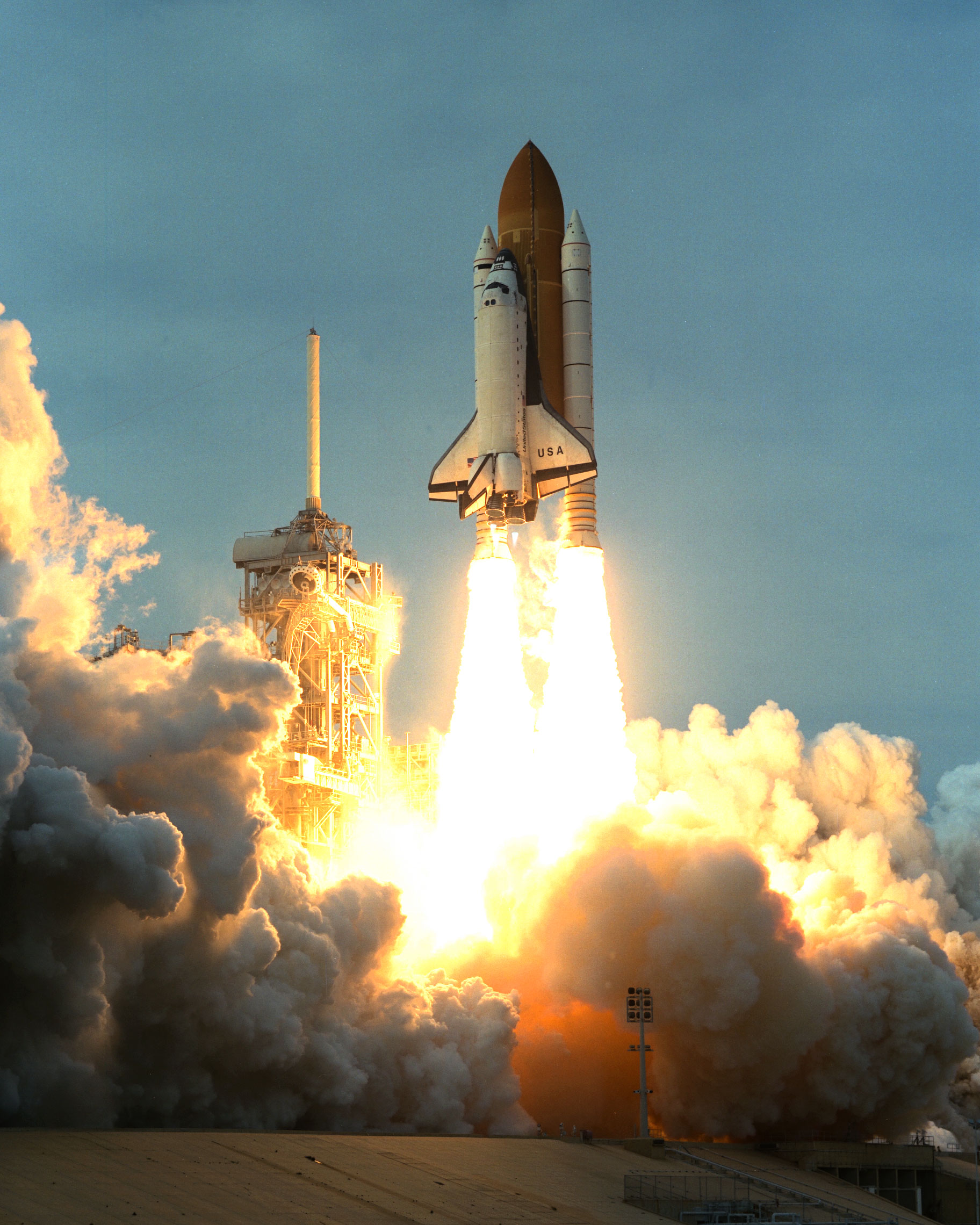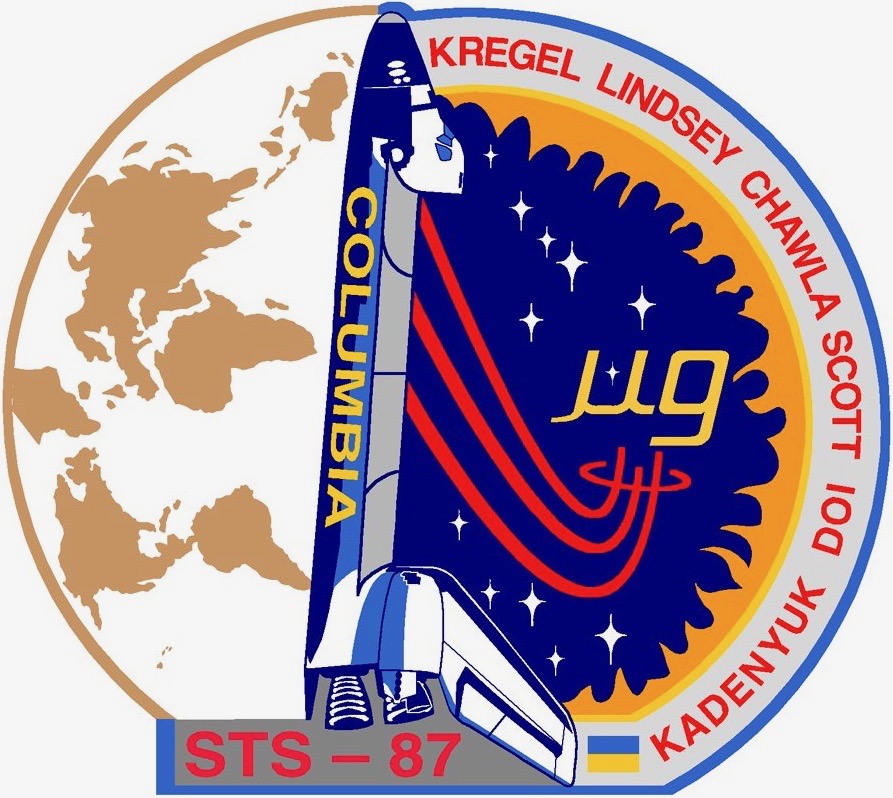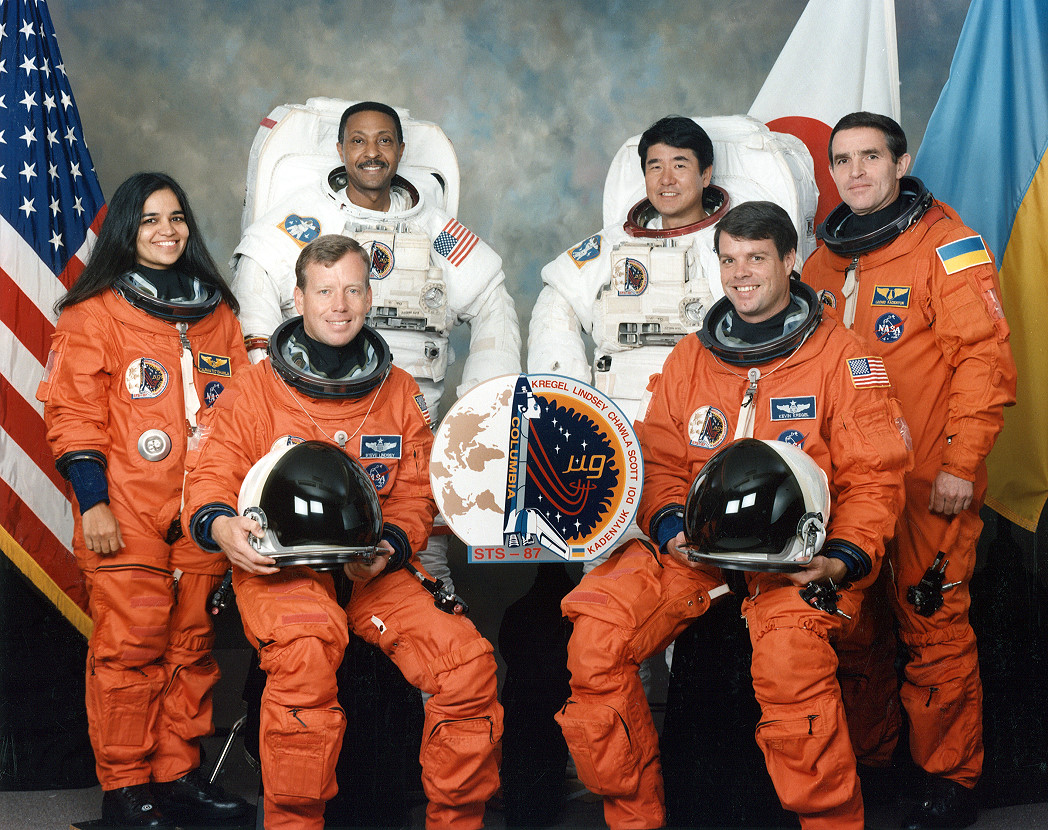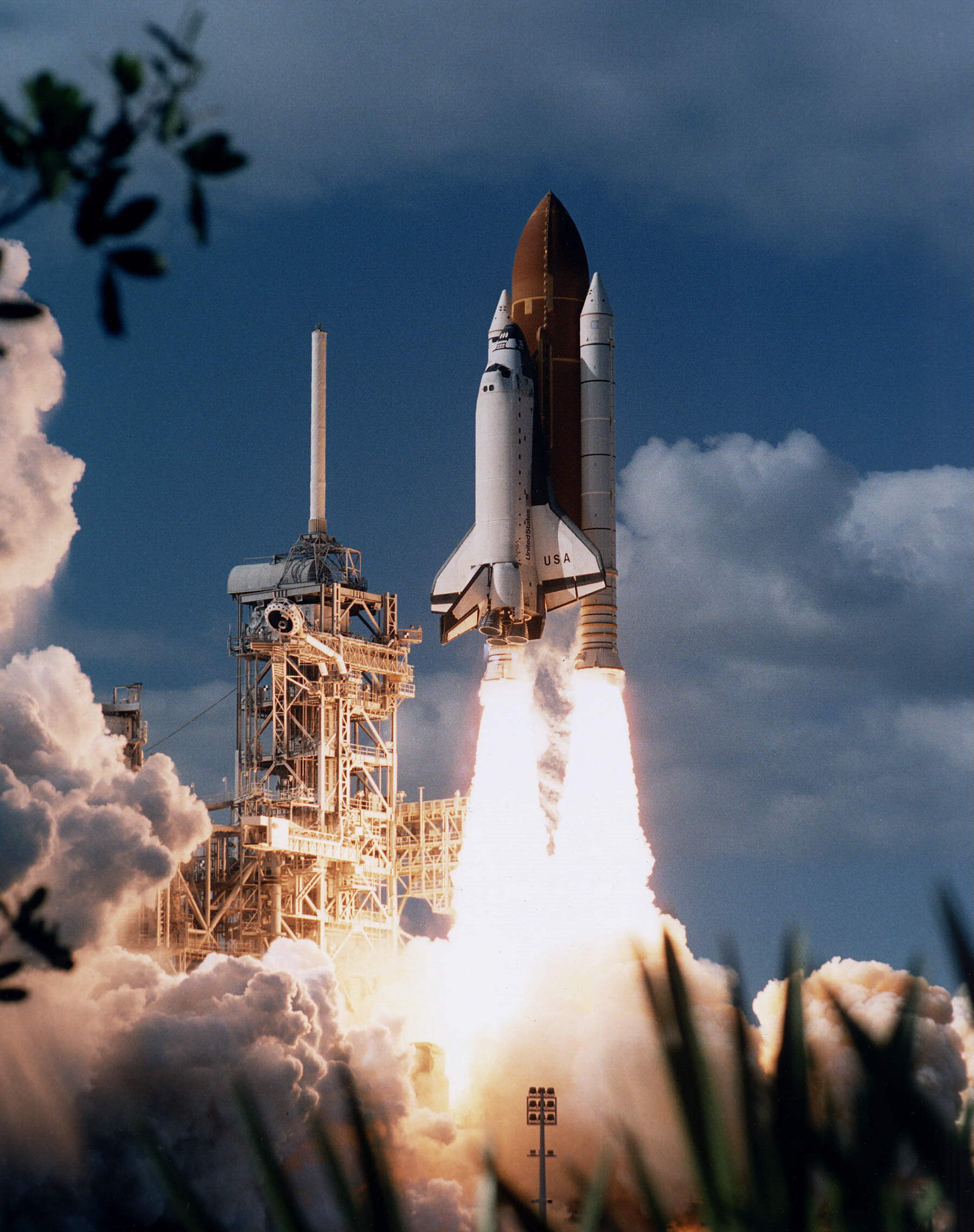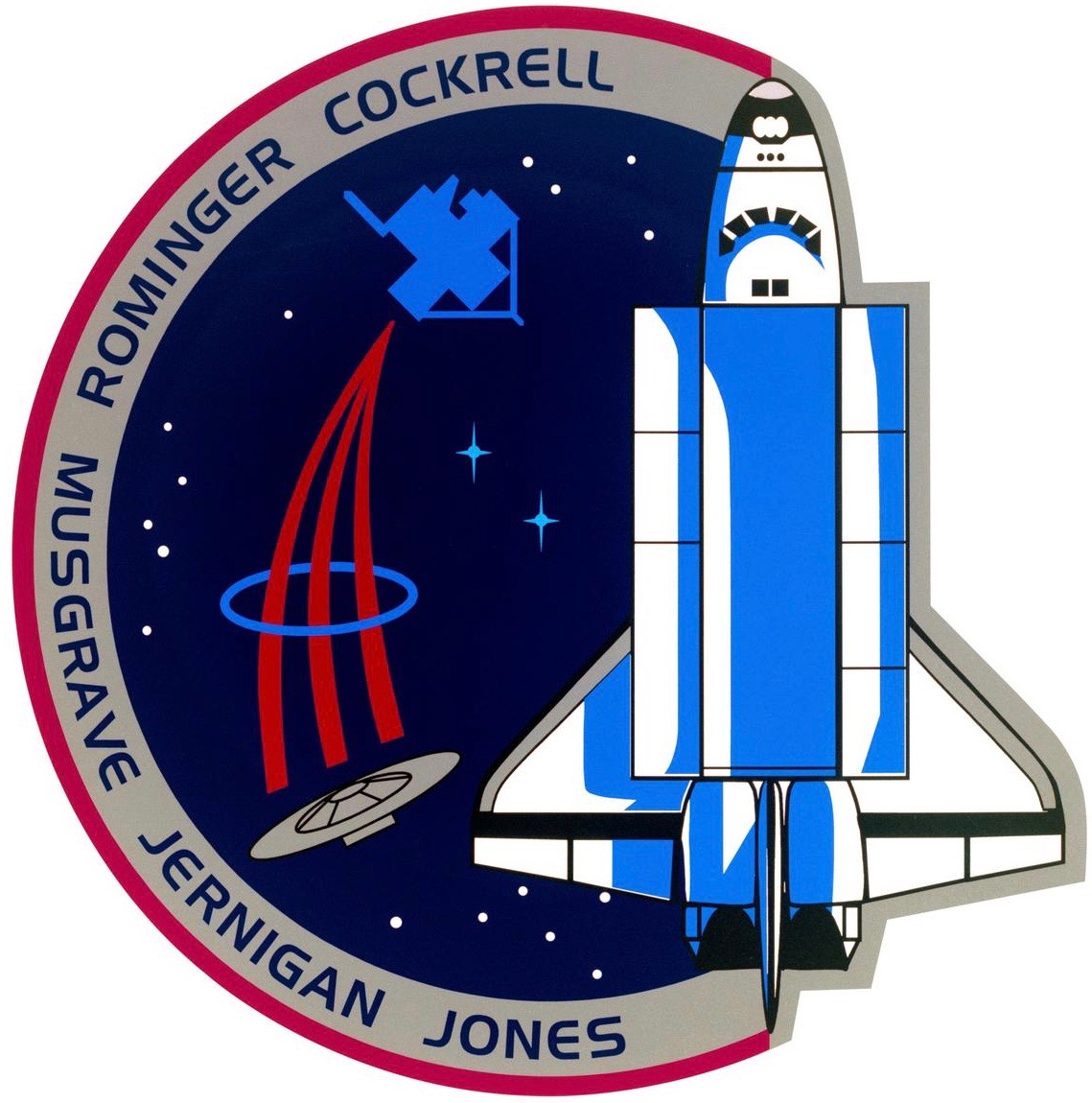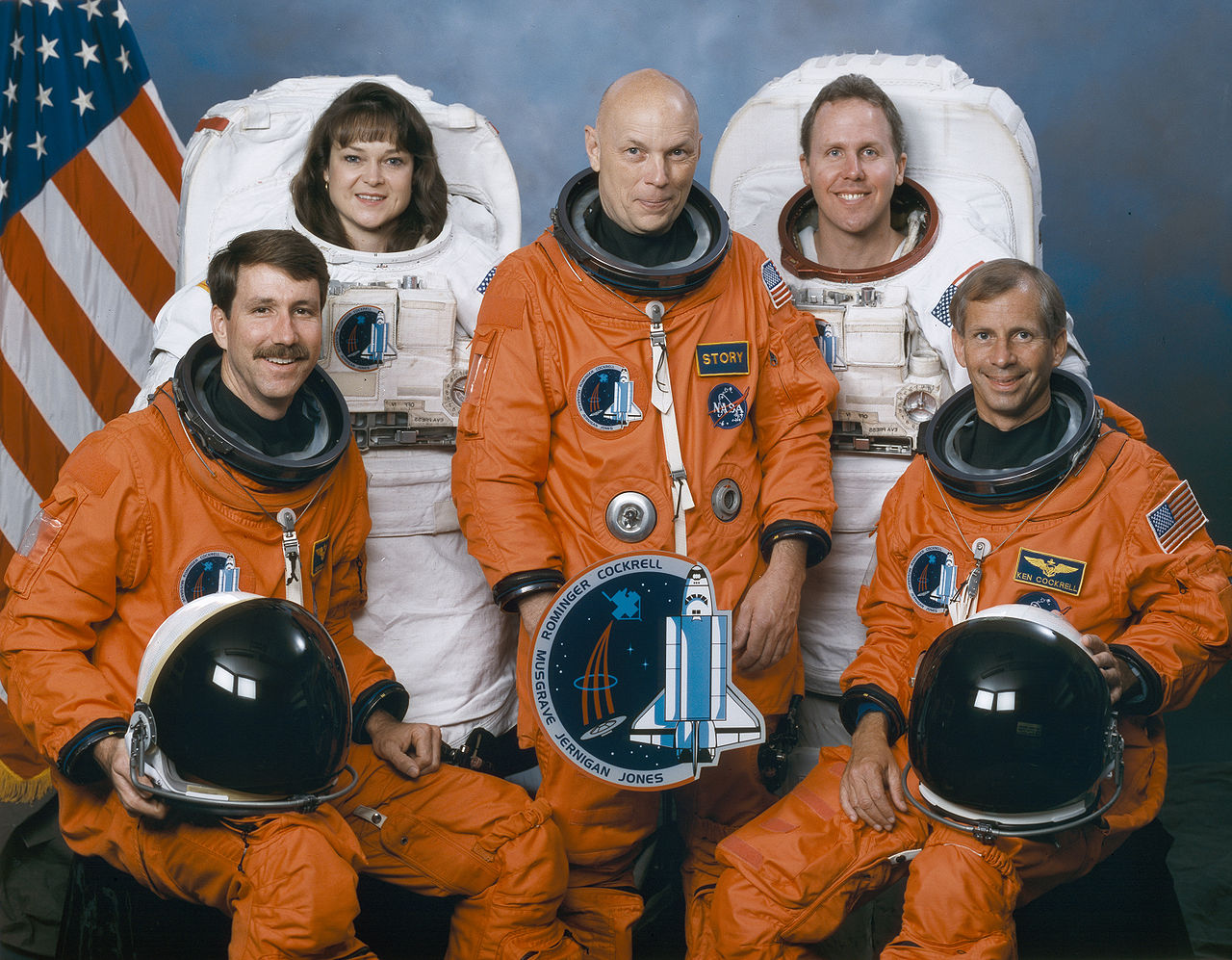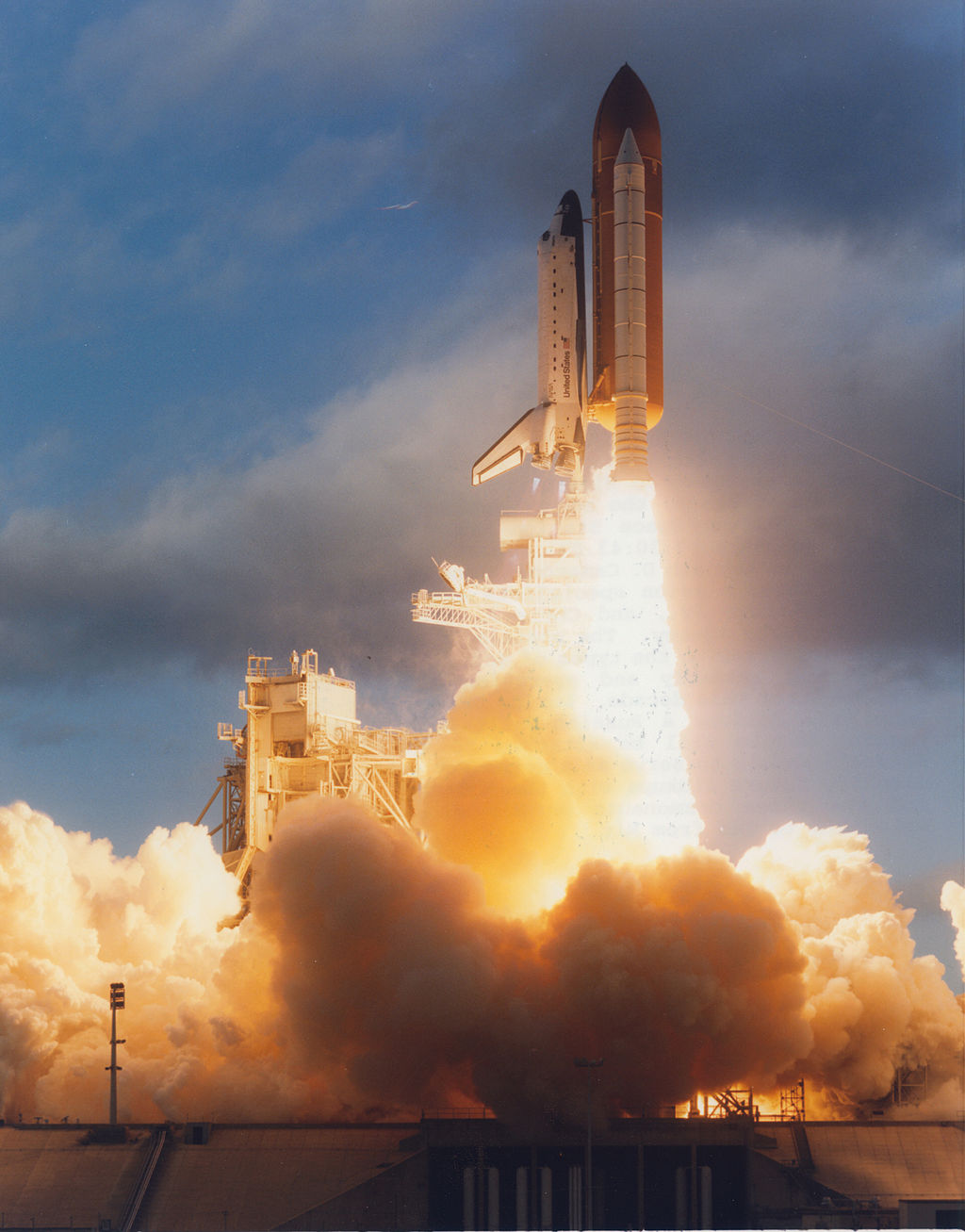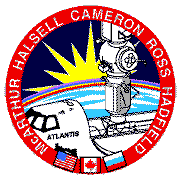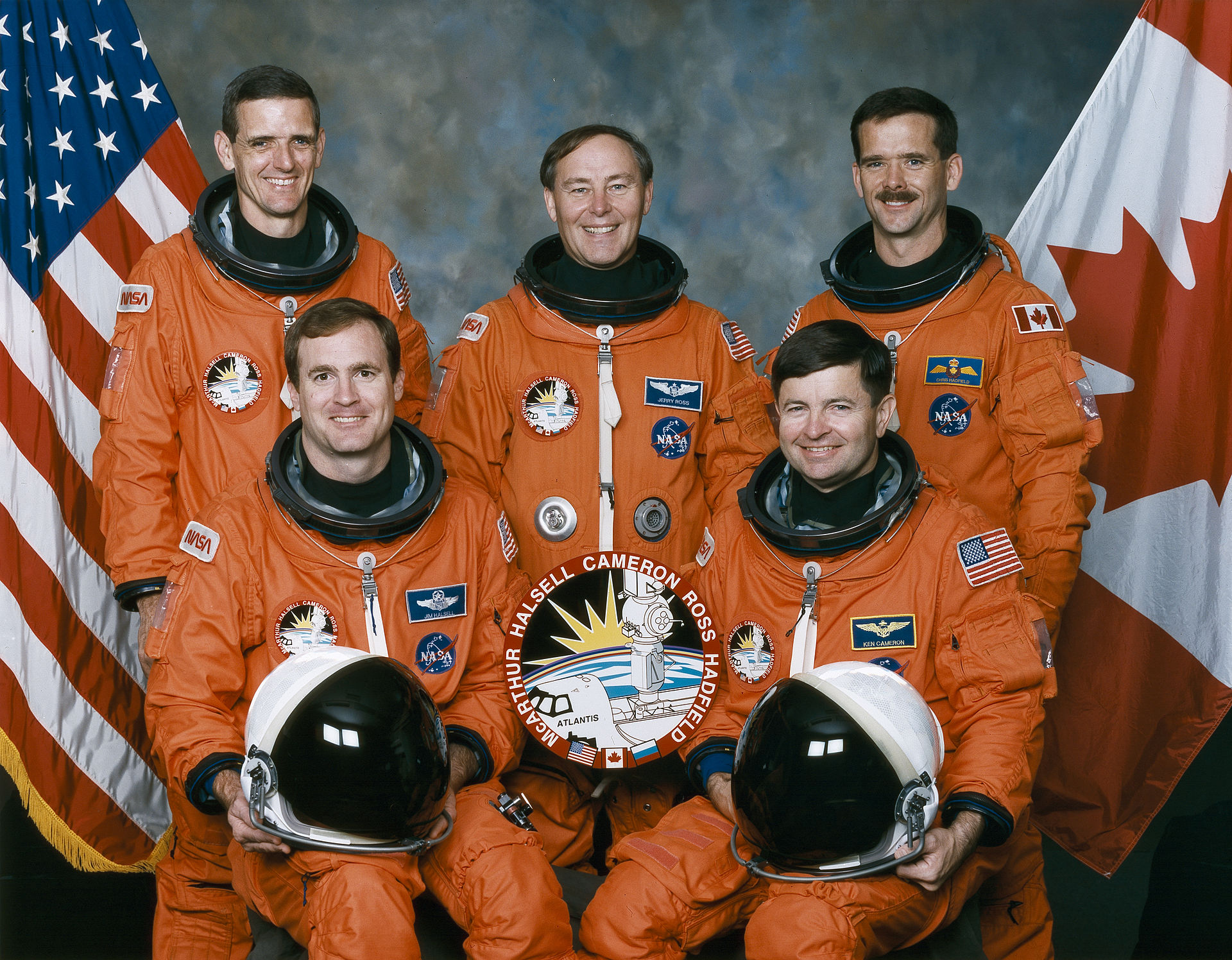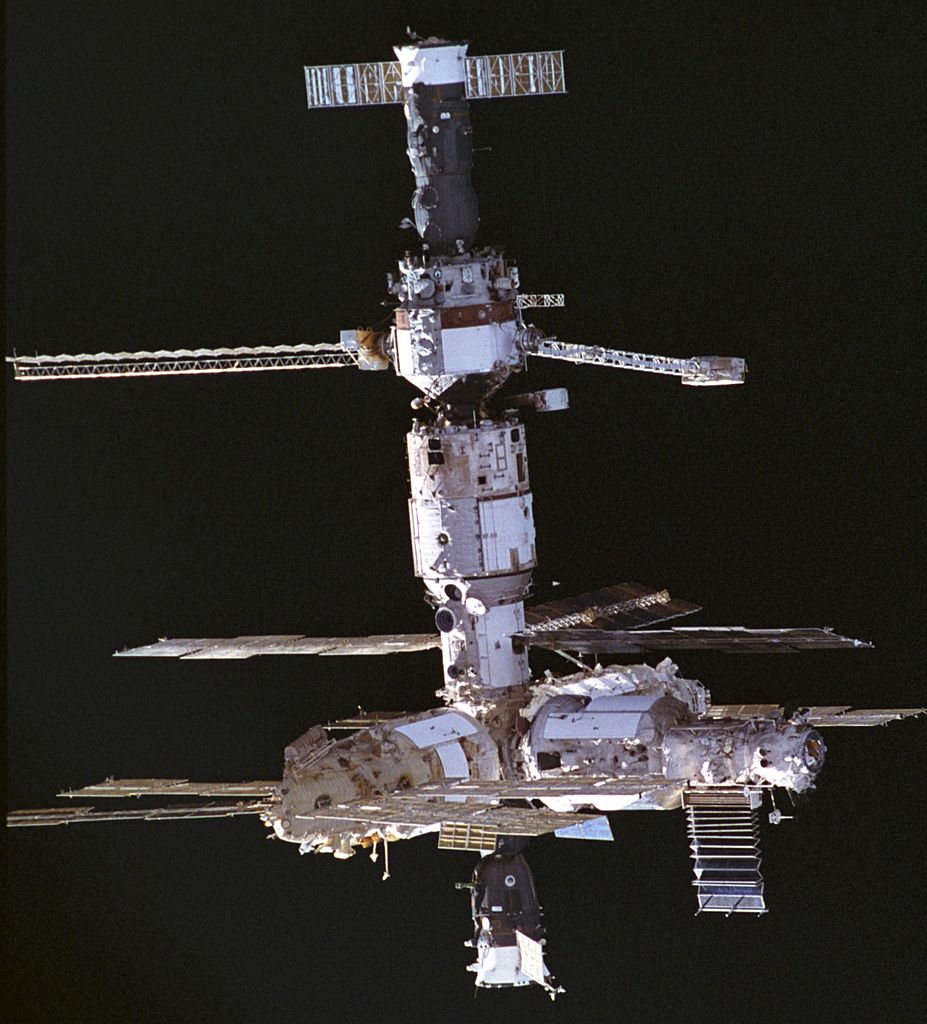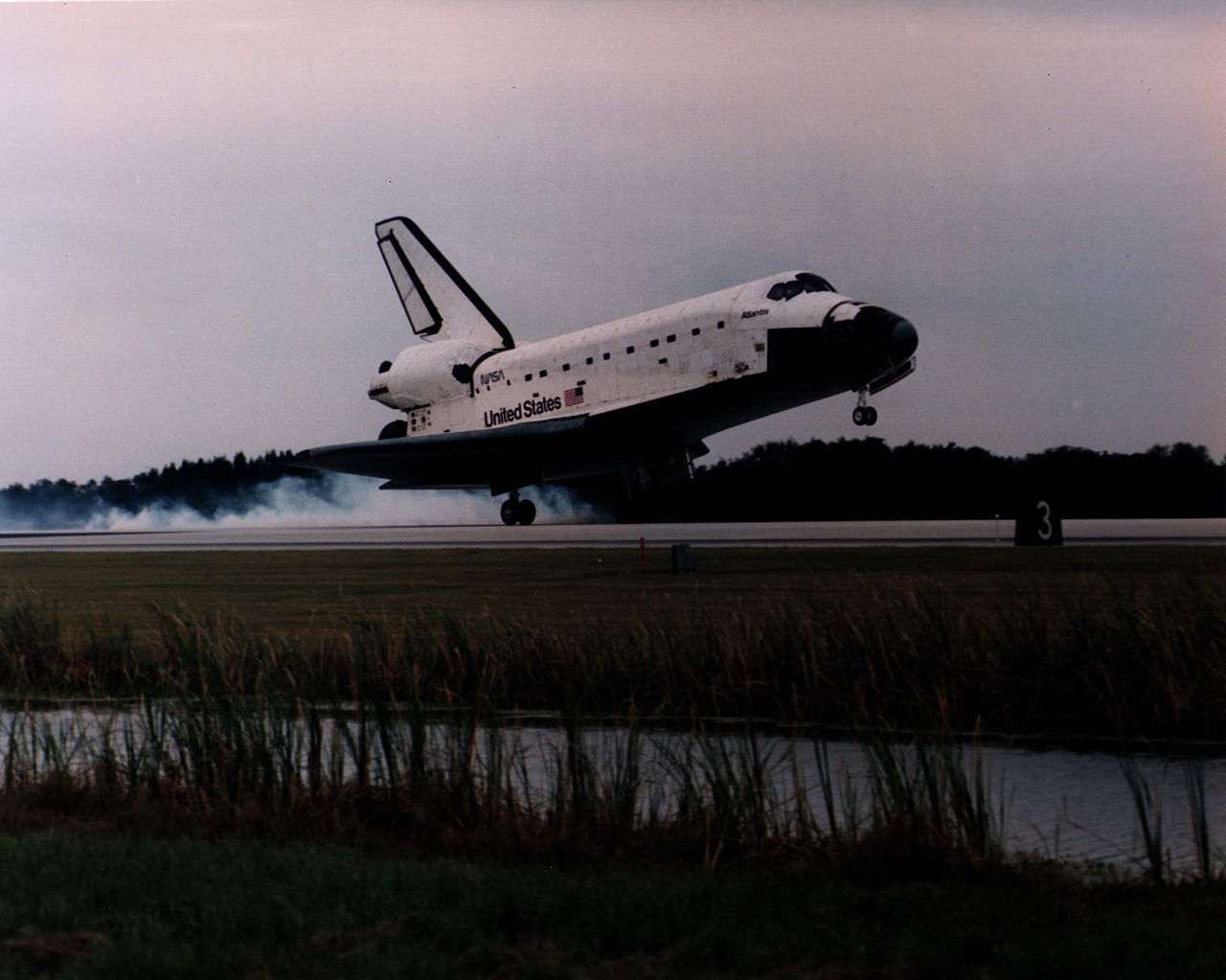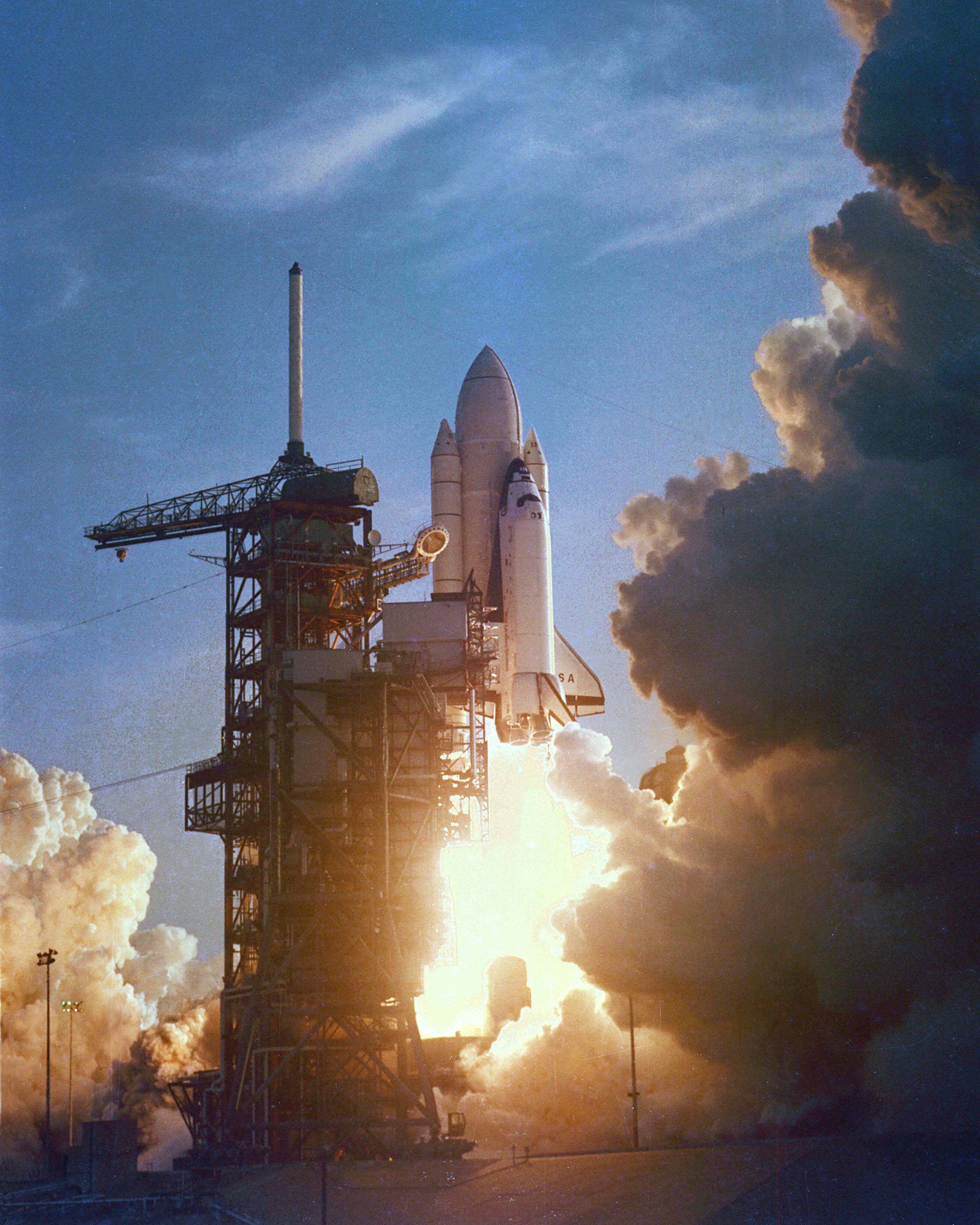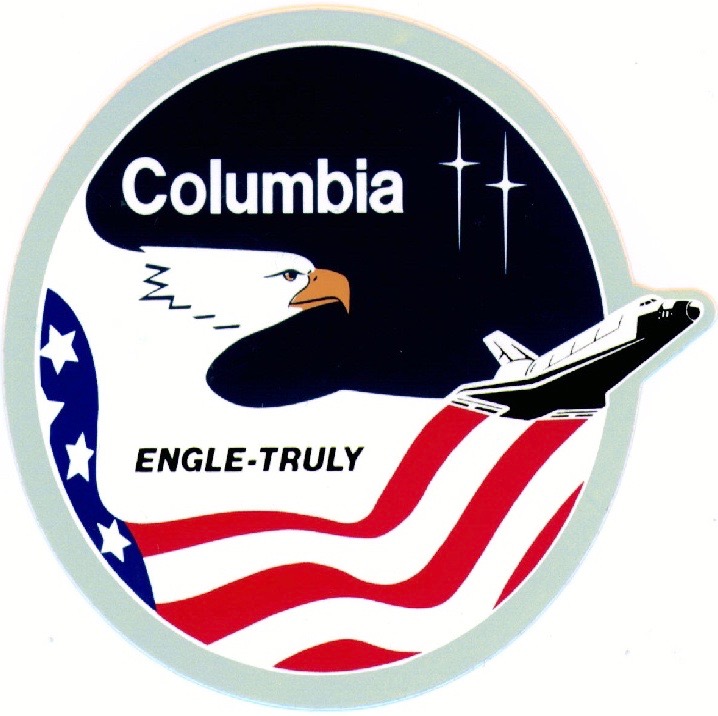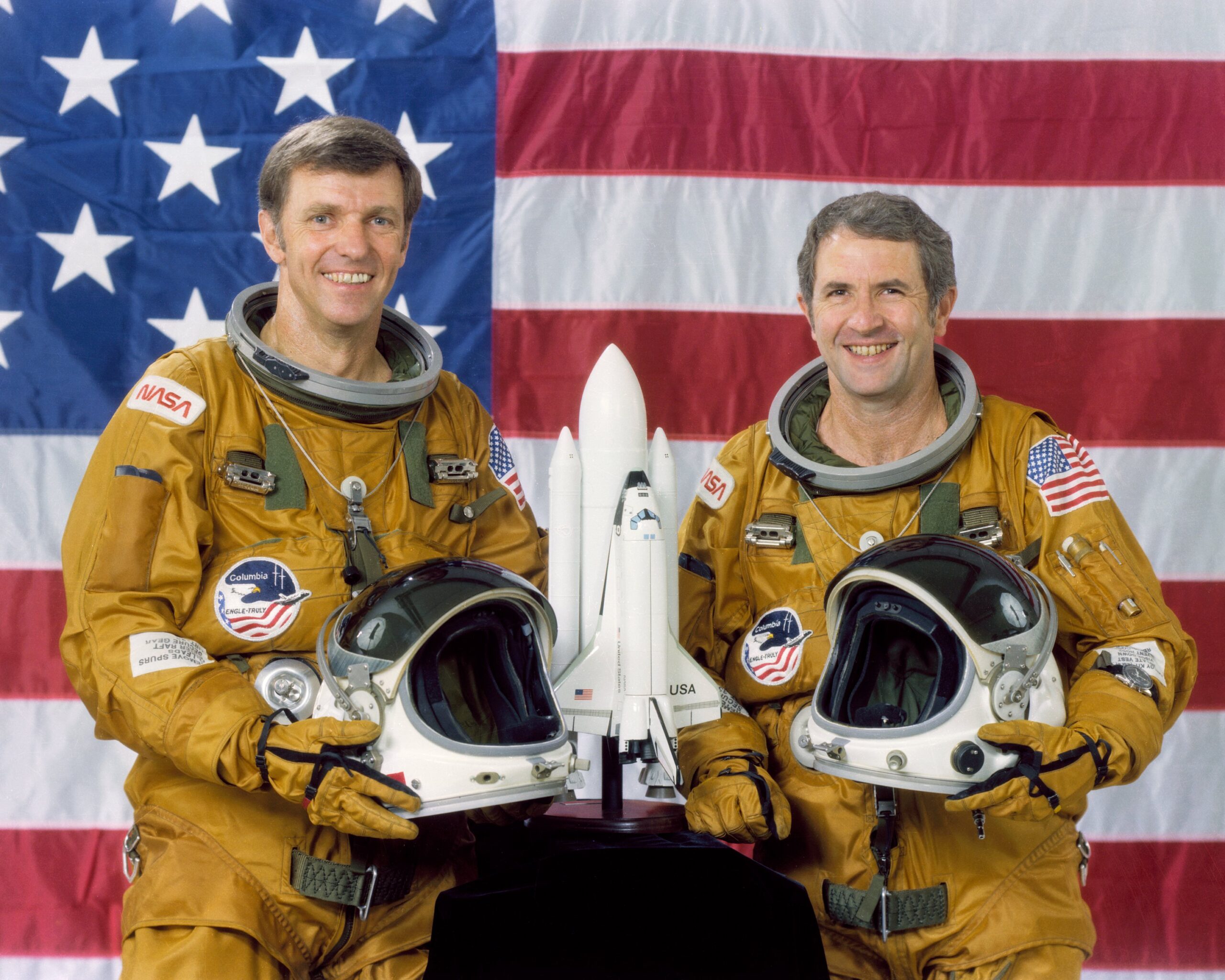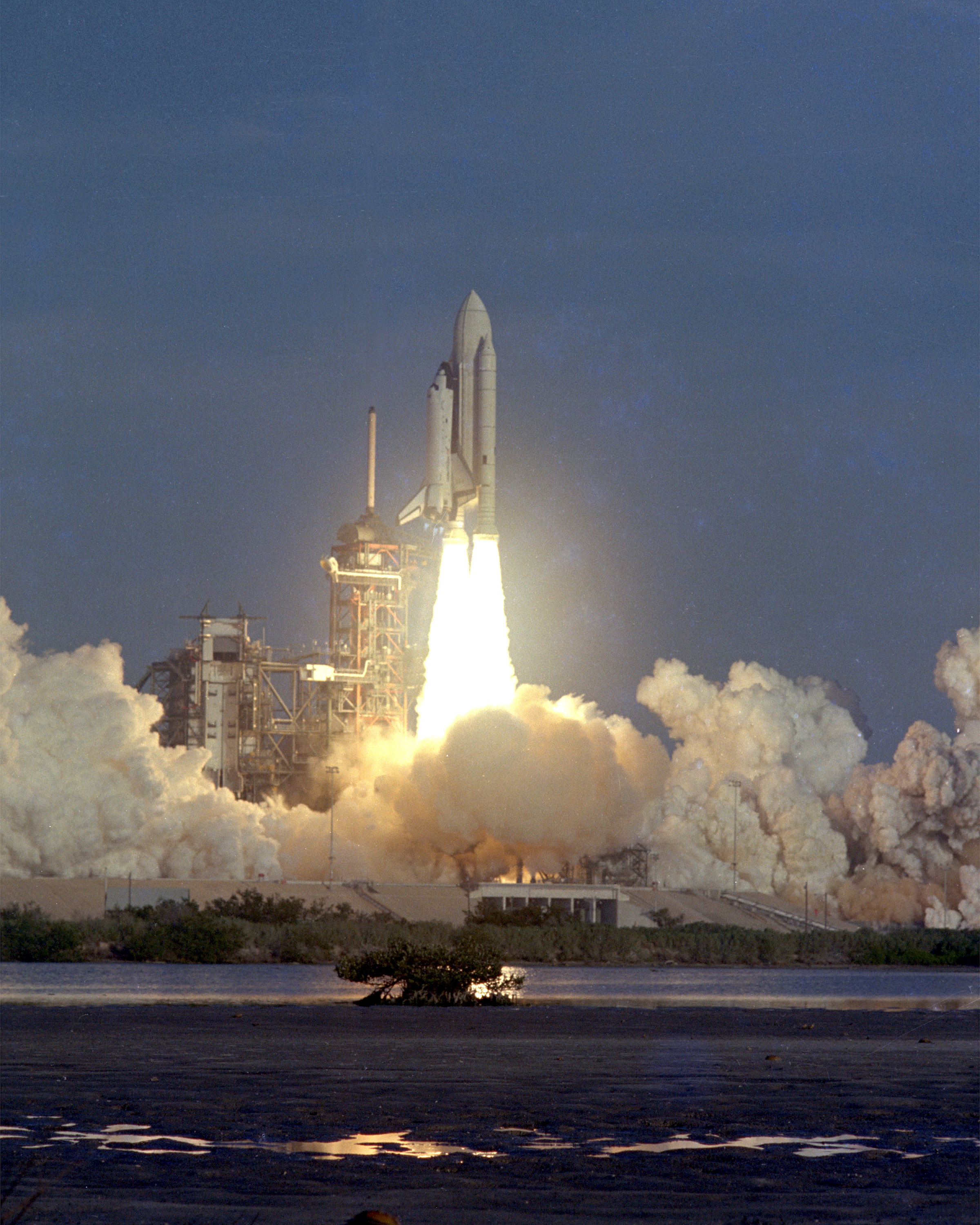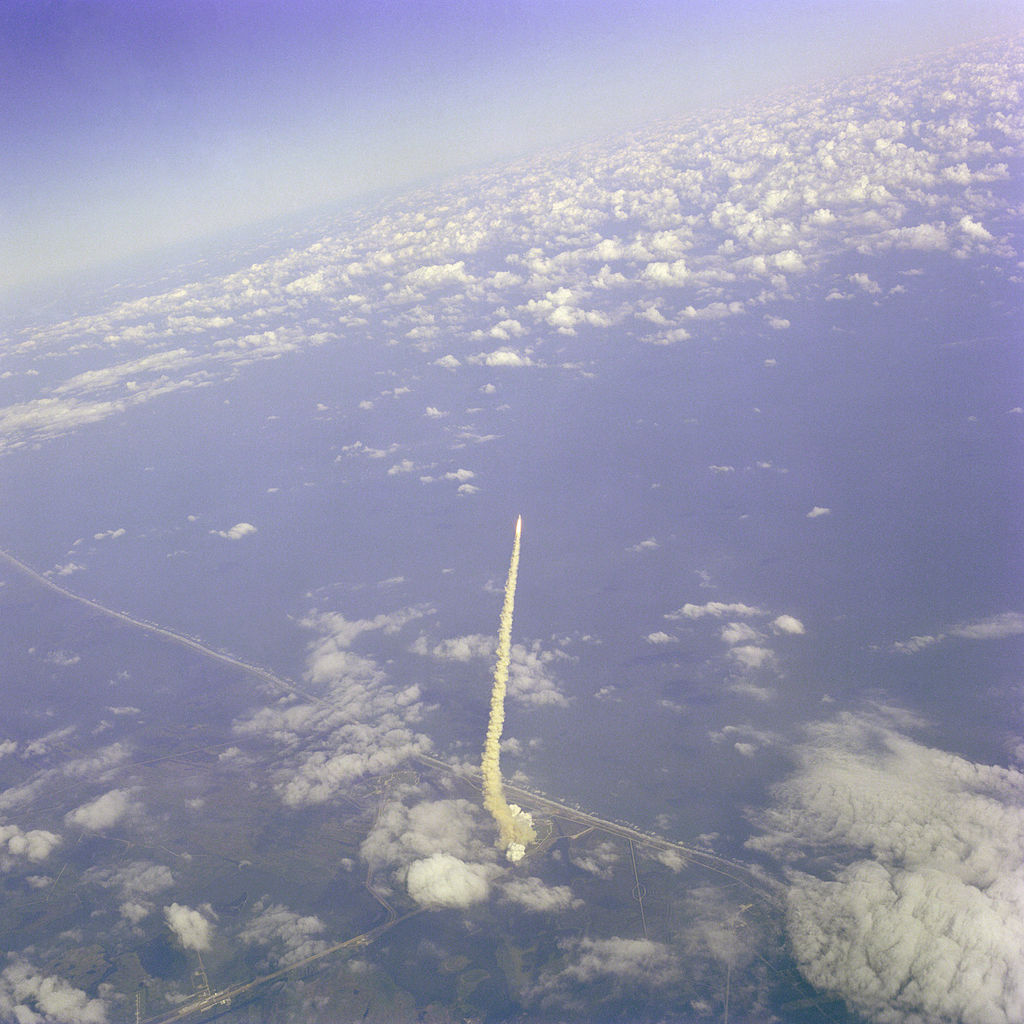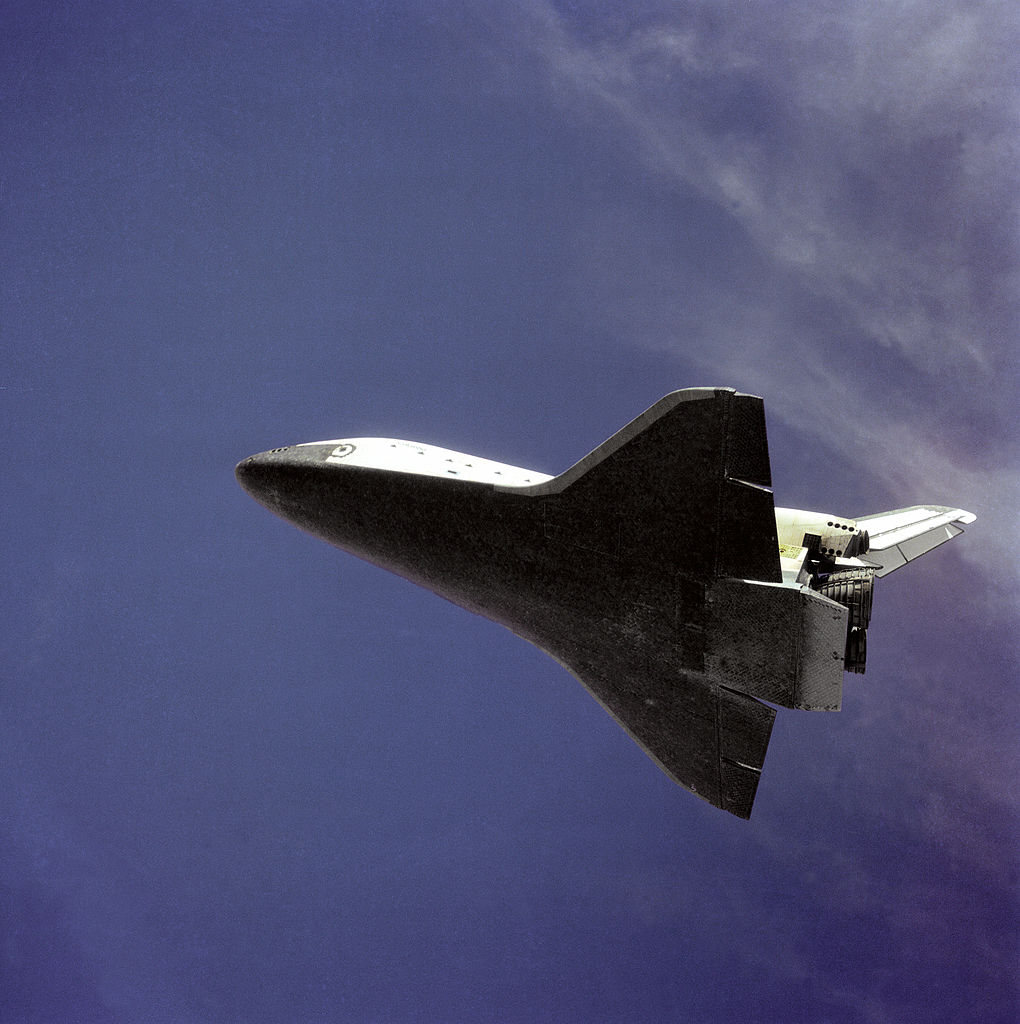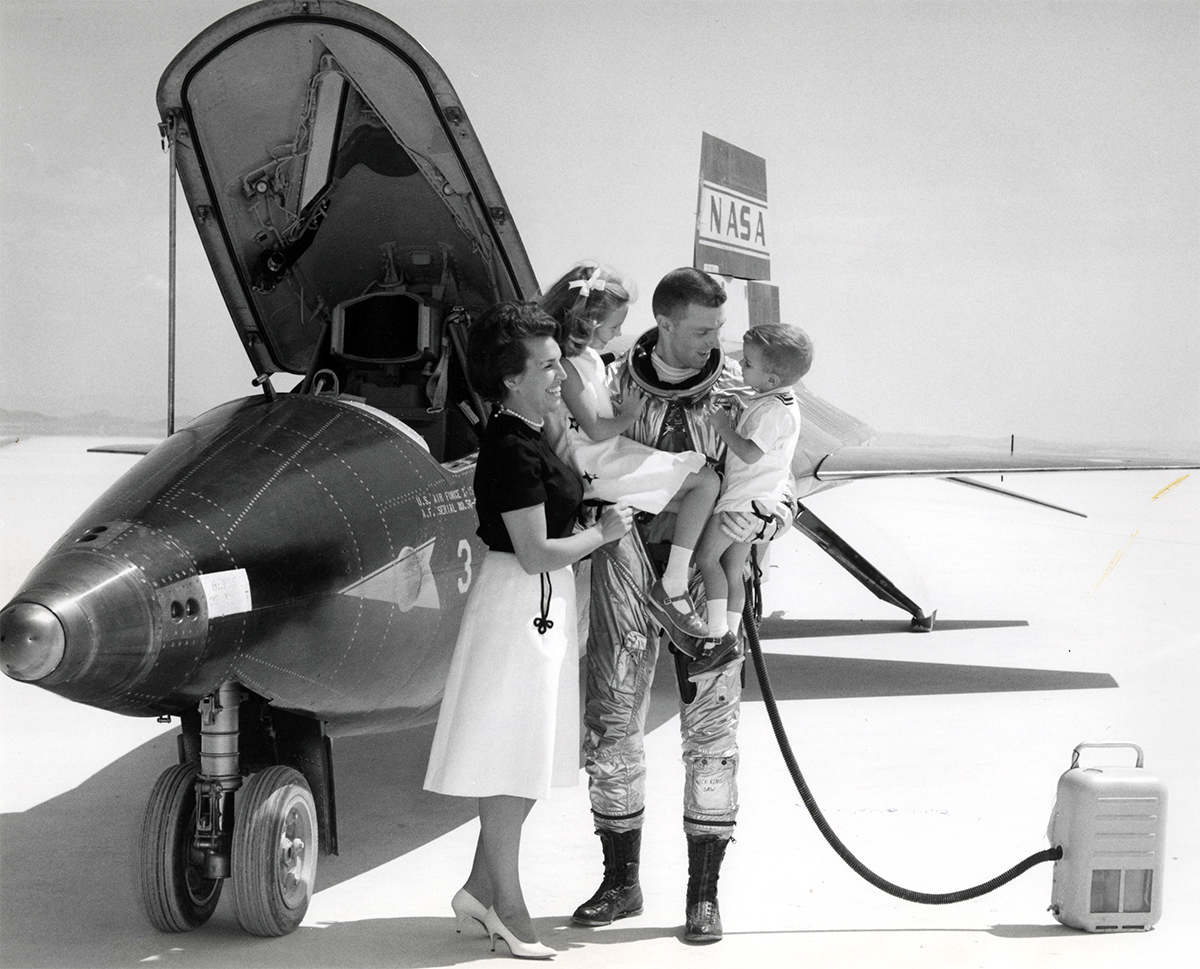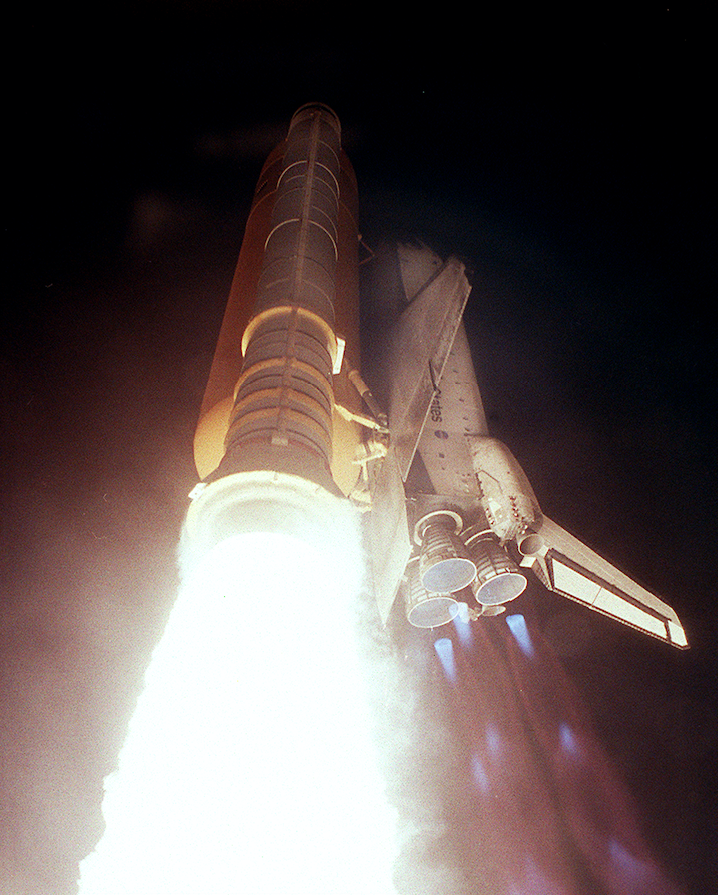
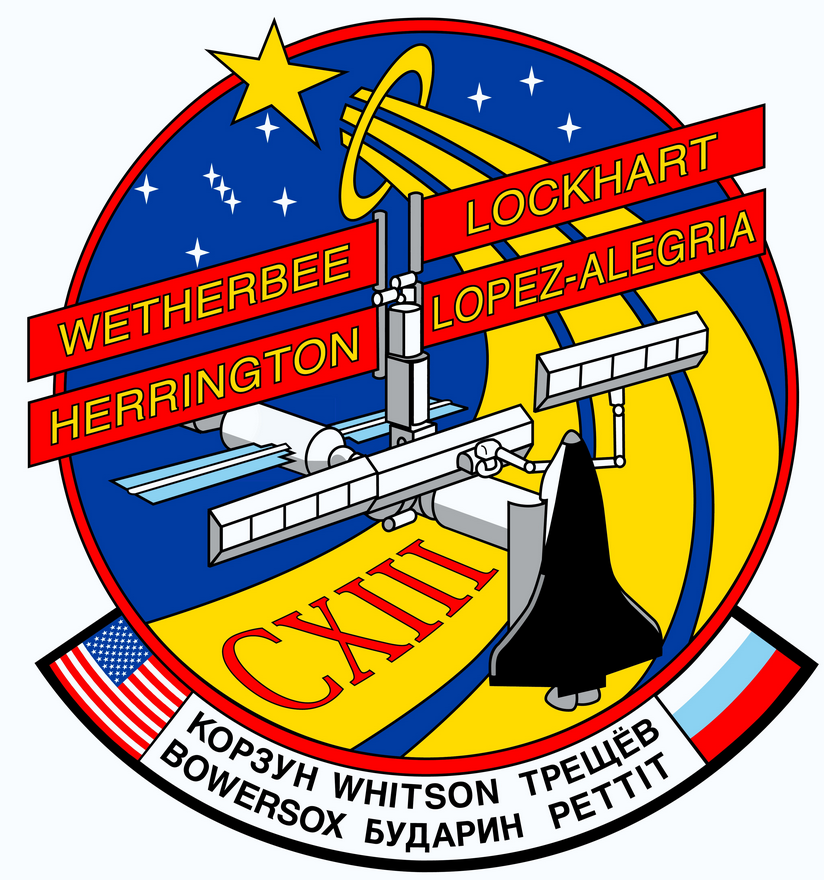 23 November 2002, 00:49:47 UTC, T minus Zero: Space Shuttle Endeavour (OV-105) lifted off from Launch Complex 39A, Kennedy Space Center, Cape Canaveral, Florida, on mission STS-113.
23 November 2002, 00:49:47 UTC, T minus Zero: Space Shuttle Endeavour (OV-105) lifted off from Launch Complex 39A, Kennedy Space Center, Cape Canaveral, Florida, on mission STS-113.
The mission commander, Captain James D. Wetherbee, United States Navy, was on his sixth space flight and shuttle pilot Lieutenant Colonel Paul S. Lockhart, United States Air Force, was on his second. Mission Specialist Captain Miguel López-Alegría, USN, was on his third space flight while Commander John B. Harrington, USN, was on his first.
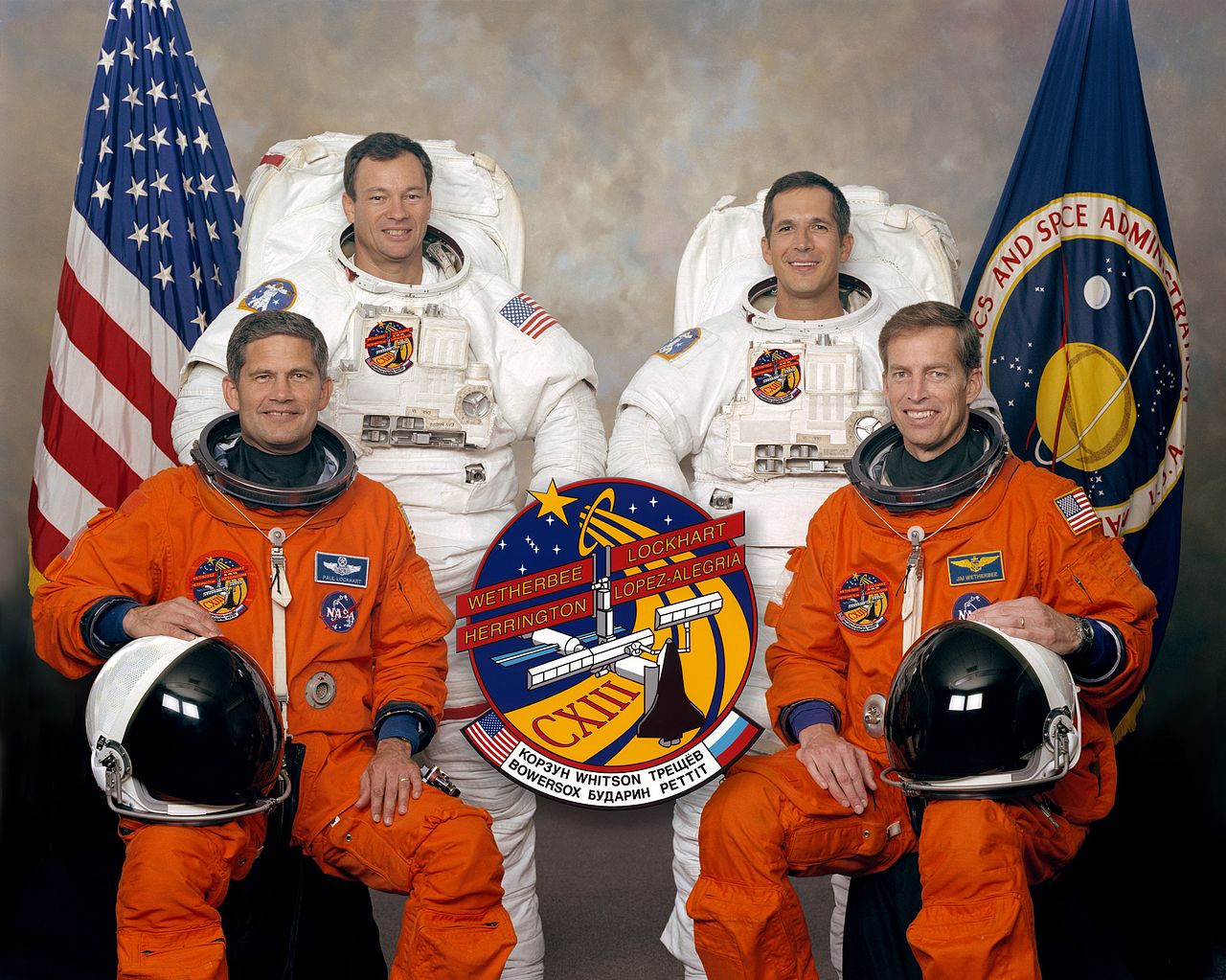
STS-113 delivered the P1 truss (the Port Side Thermal Radiator Truss), a major structural component of the International Space Station, into orbit, while also carrying the three members of Expedition 6, who were to spend the next four months on board the space station: Captain Kenneth D. Bowersox, USN, was on his fifth space flight; Test Cosmonaut Nikolai Mikhailovich Budarin (Николай Михайлович Бударин), Russian Federal Space Agency (RKA), on his third flight; and Donald R. Pettit, Ph.D., NASA, was on his first. ISS Expedition 5 members Colonel Valery Grigoryevich Korzun (Валерий Григорьевич Корзун), Soviet Air Force, Peggy Annette Whitson, Ph.D., NASA, and Sergei Yevgenyevich Treshchov (Сергей Евгеньевич Трещёв), RSC Energia, having completed their assignments to the ISS, were returned to Earth aboard Endeavour.
Endeavour landed at the Shuttle Landing Facility (LSF), Kennedy Space Center, at 19:38:25 UTC, 7 December 2002. The duration of mission STS-113 was 13 days, 18 hours, 48 minutes, 38 seconds. Endeavour remained docked with the ISS for 6 days, 22 hours, 51 minutes, 00 seconds. While in orbit, NASA astronauts López-Alegría and Herrington performed three EVAs (Extravehicular Activity, of “space walks”).
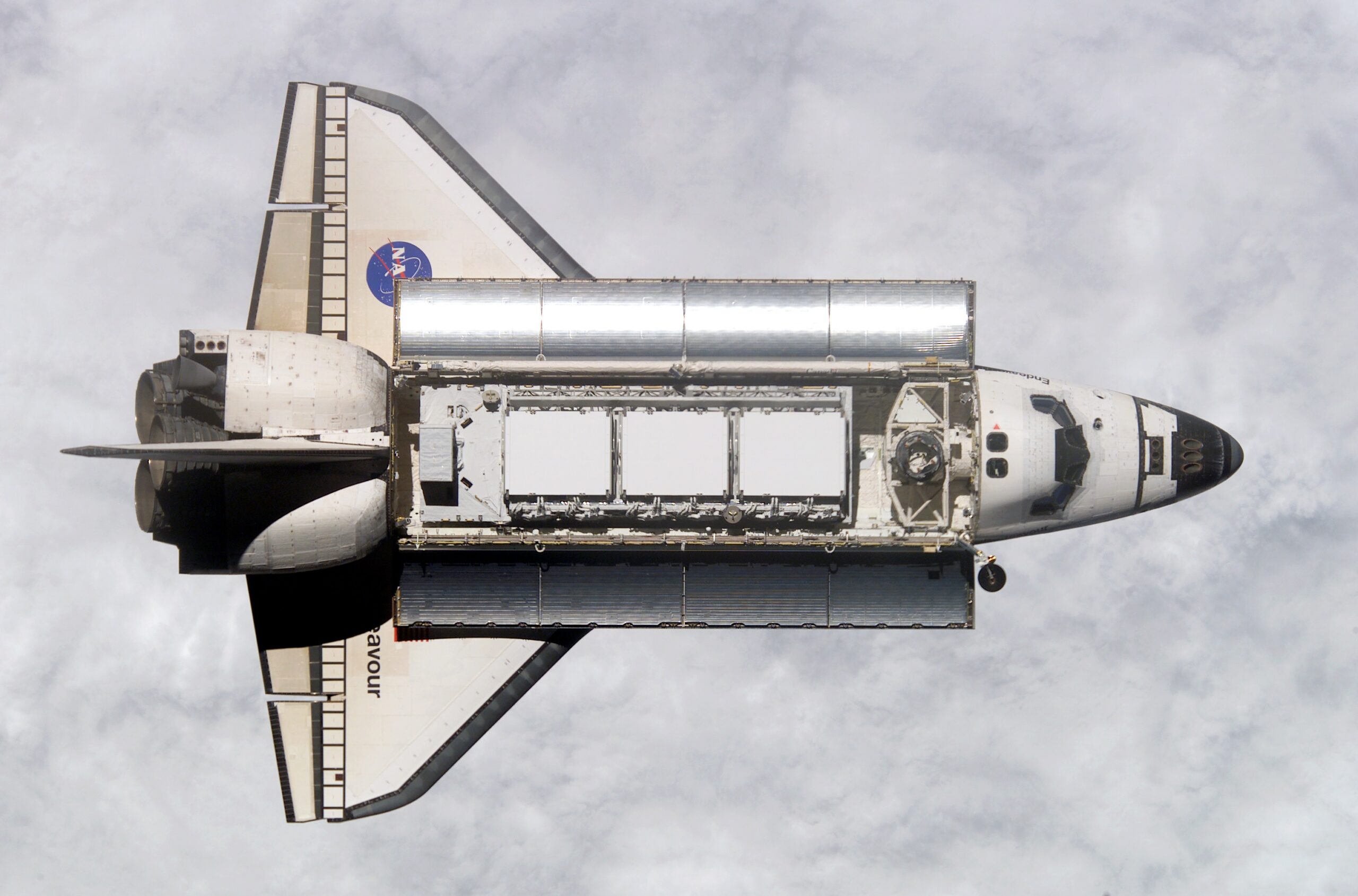
© 2018, Bryan R. Swopes
